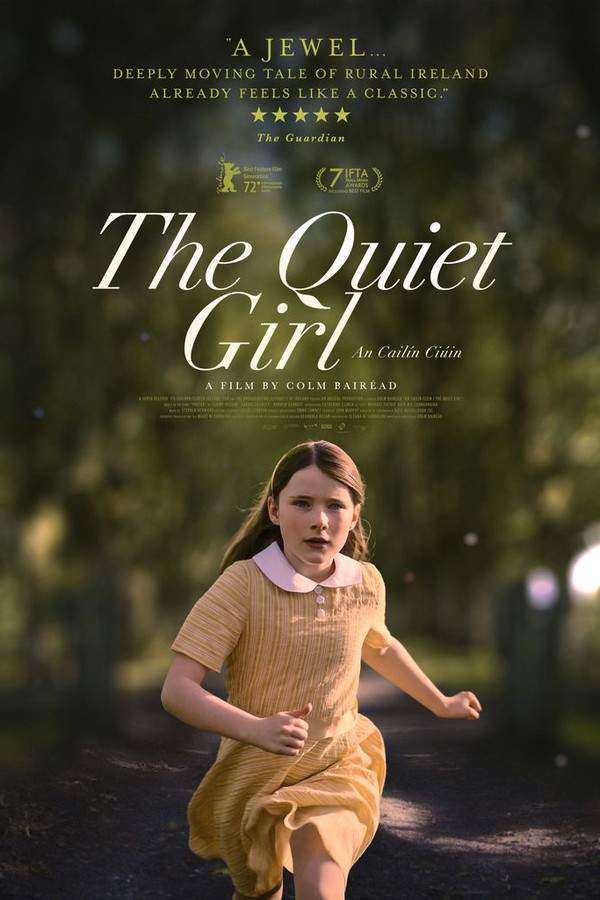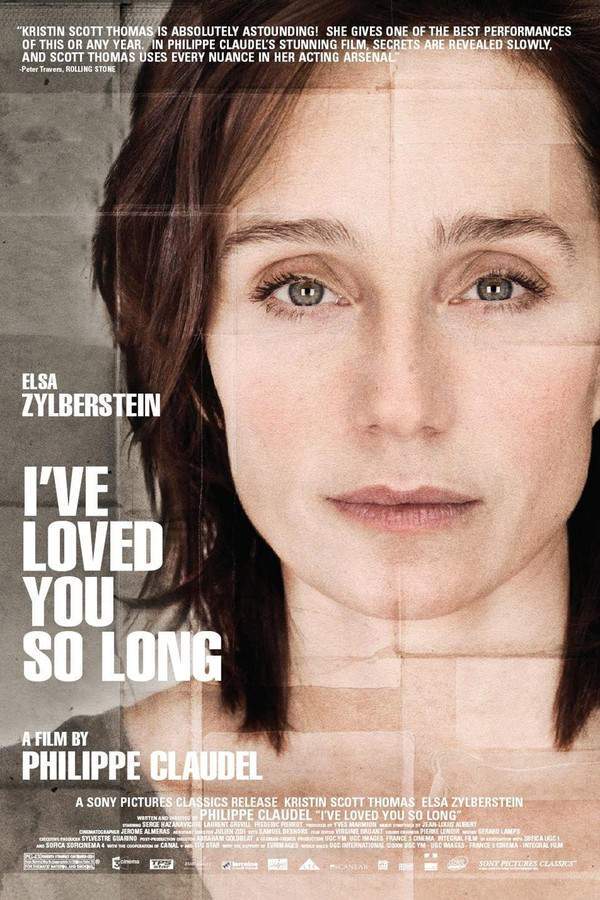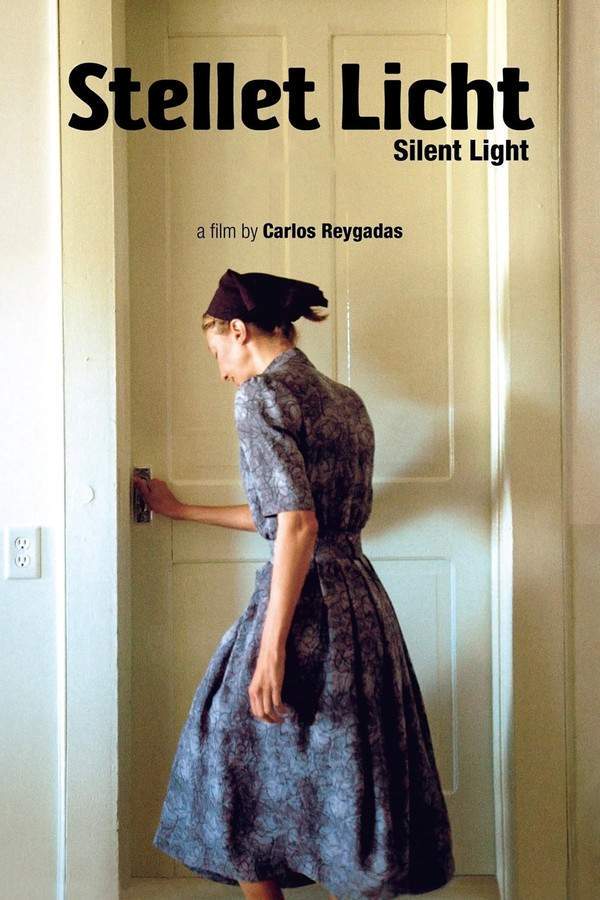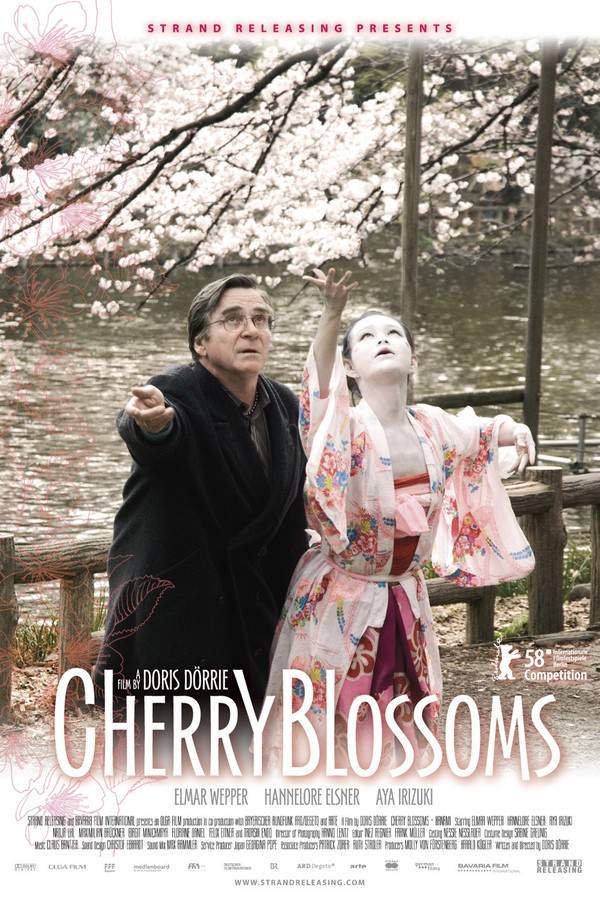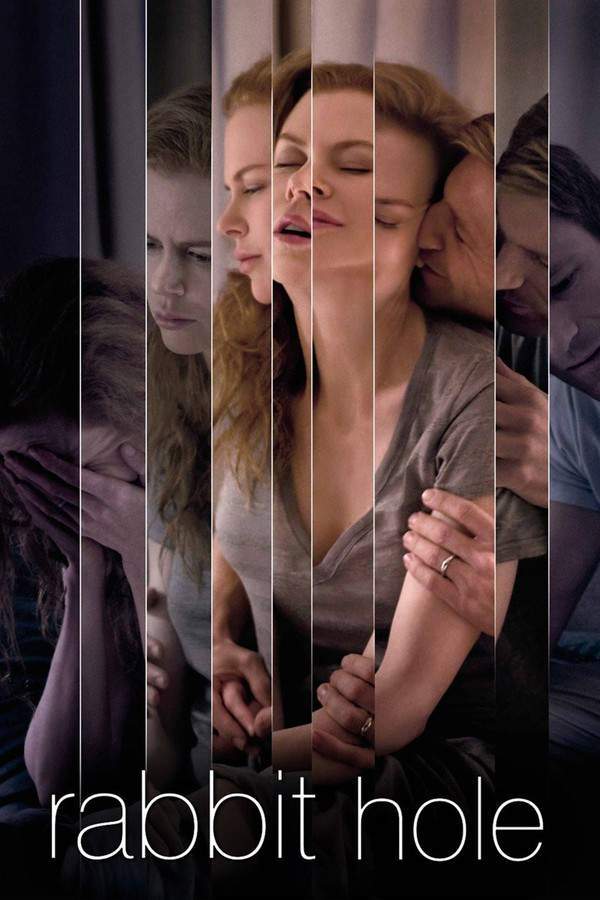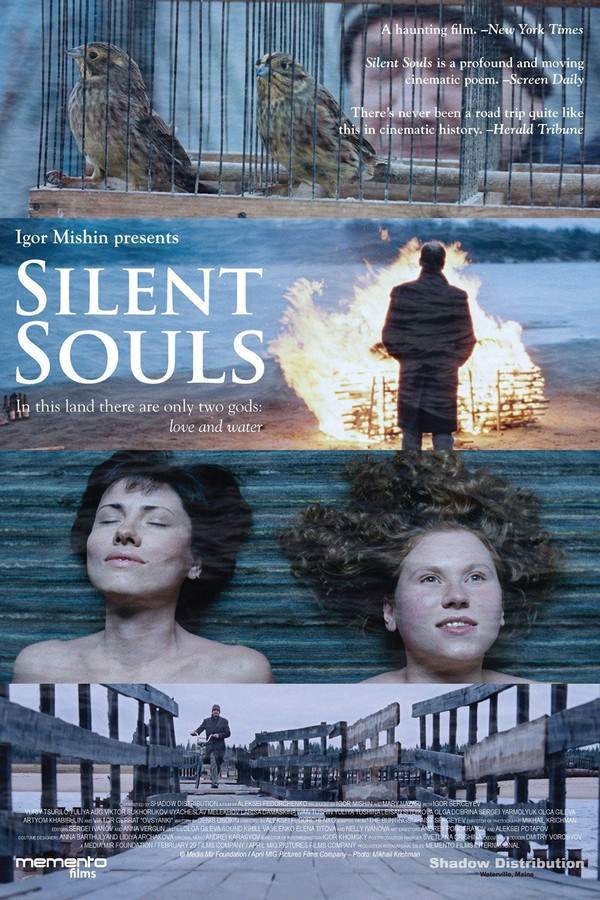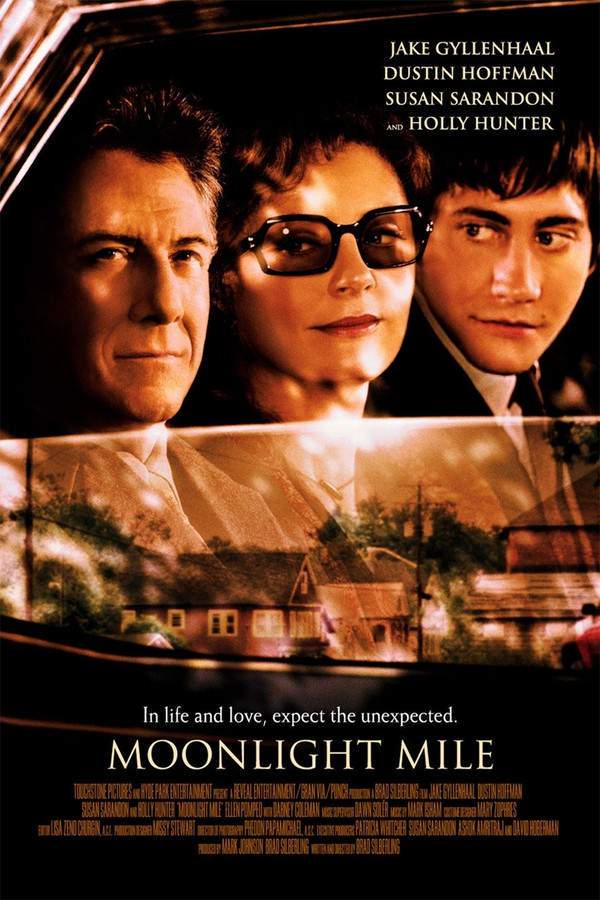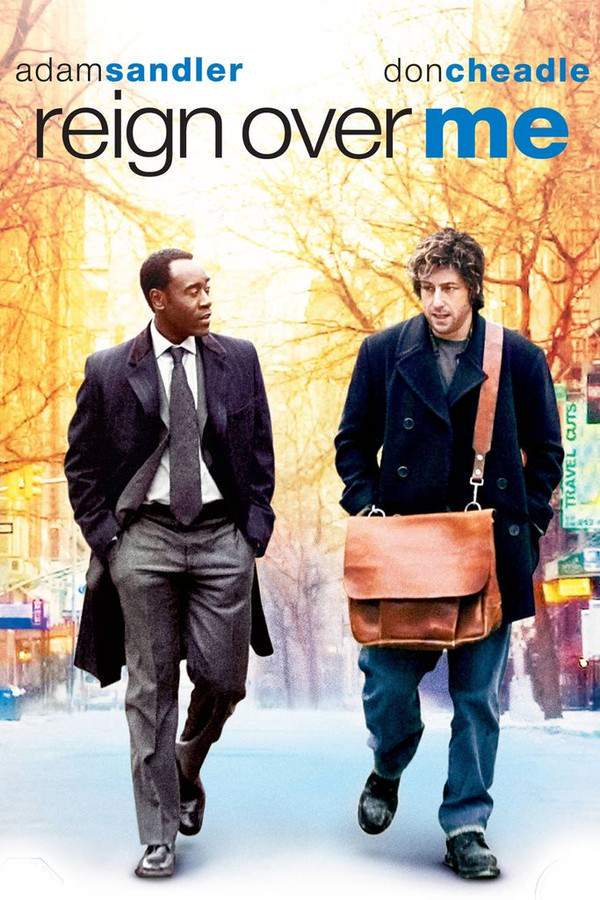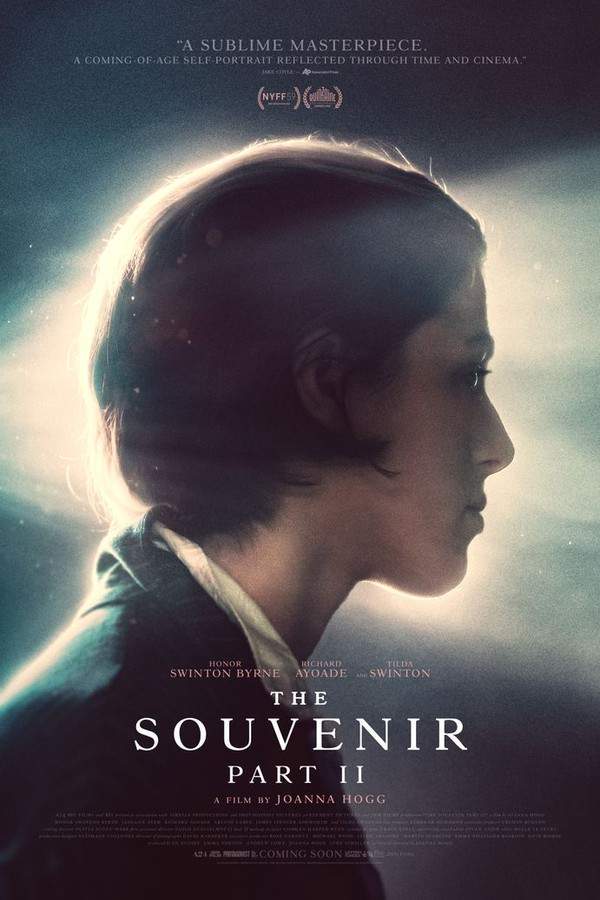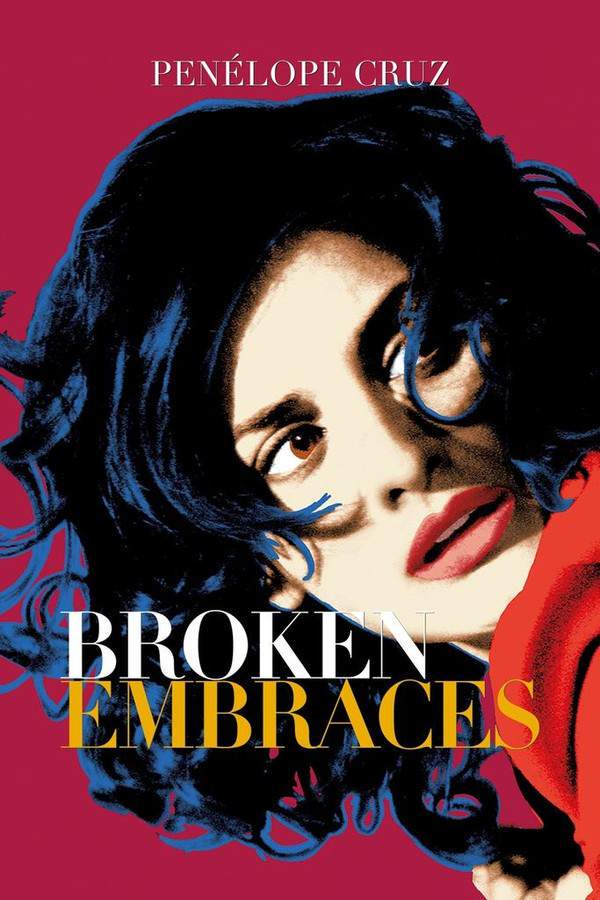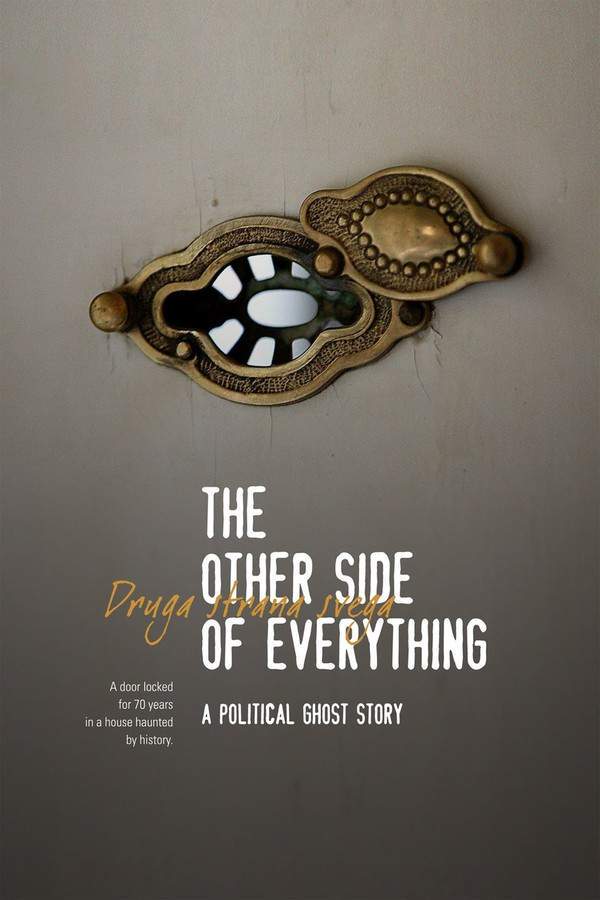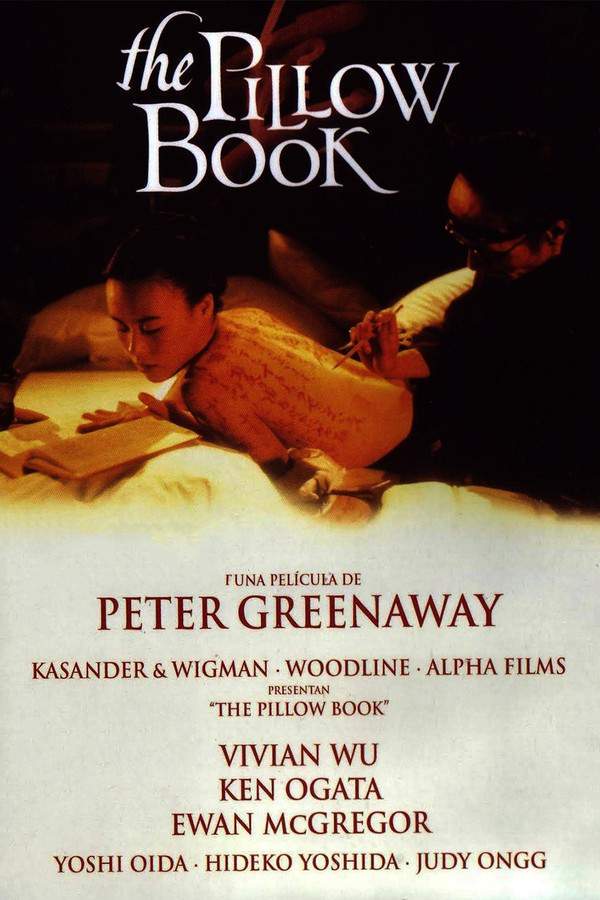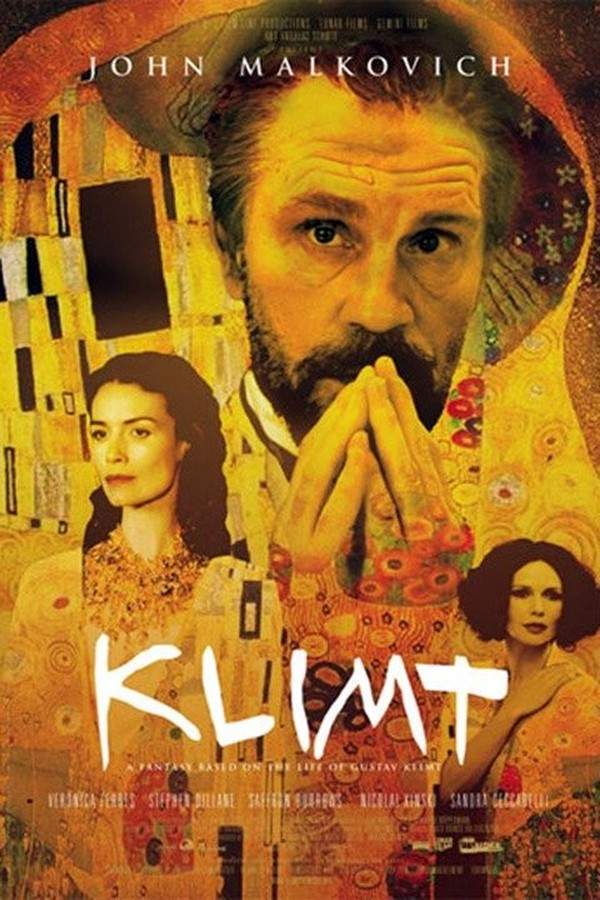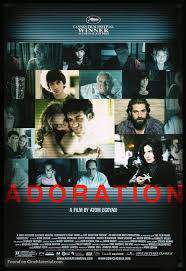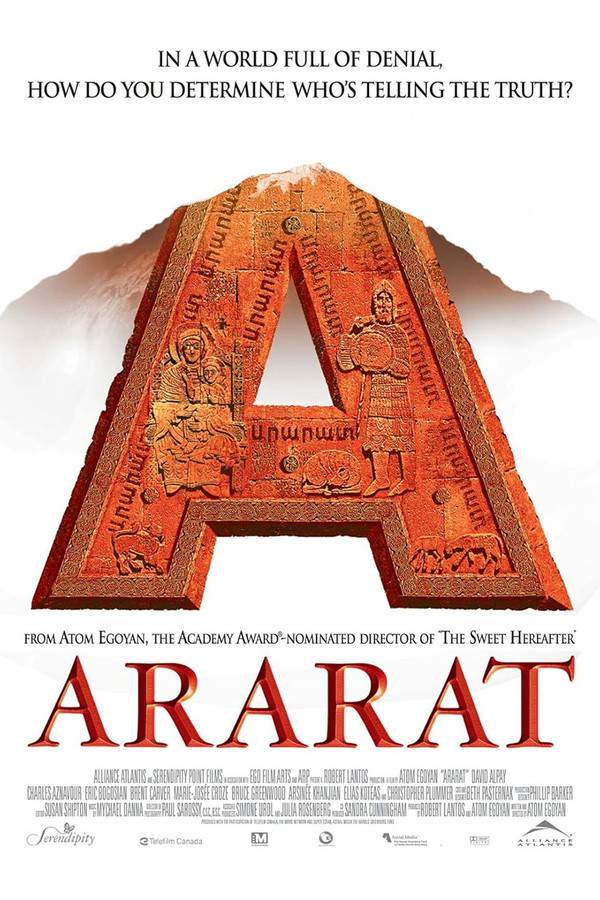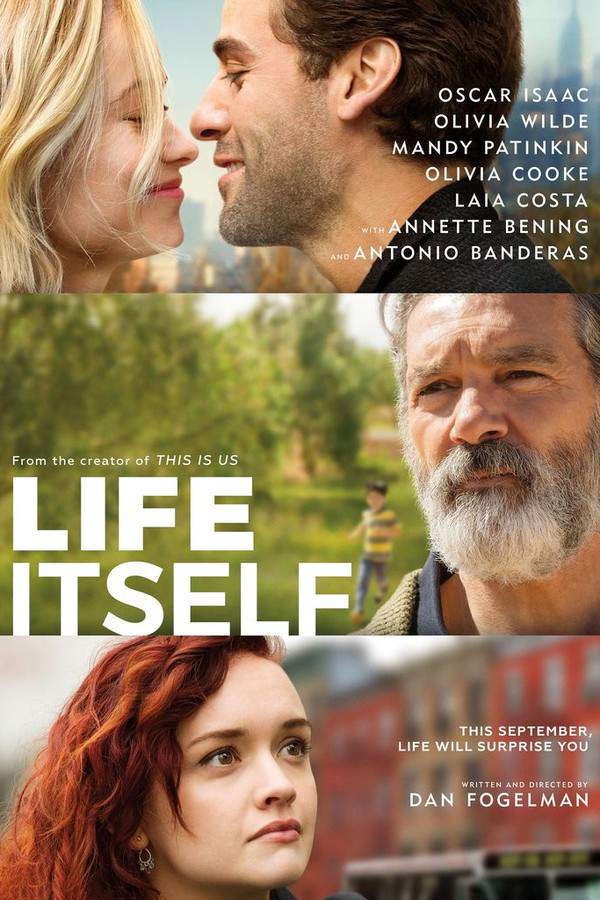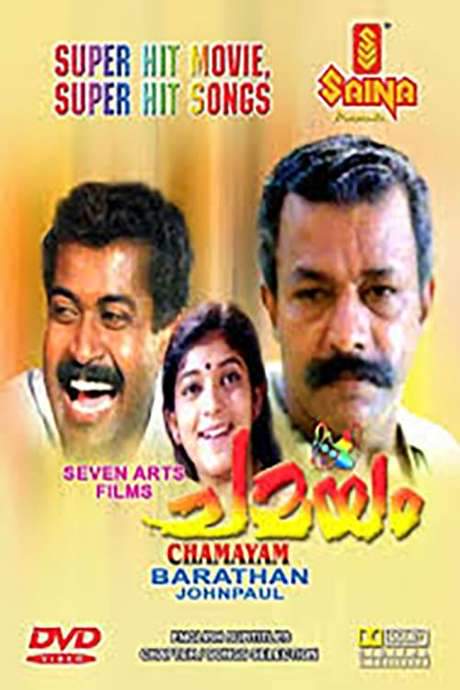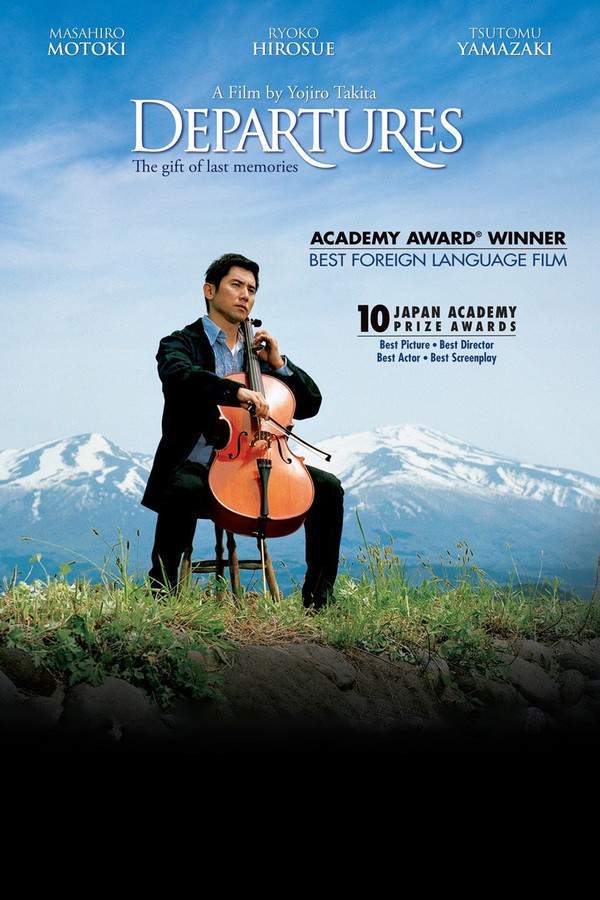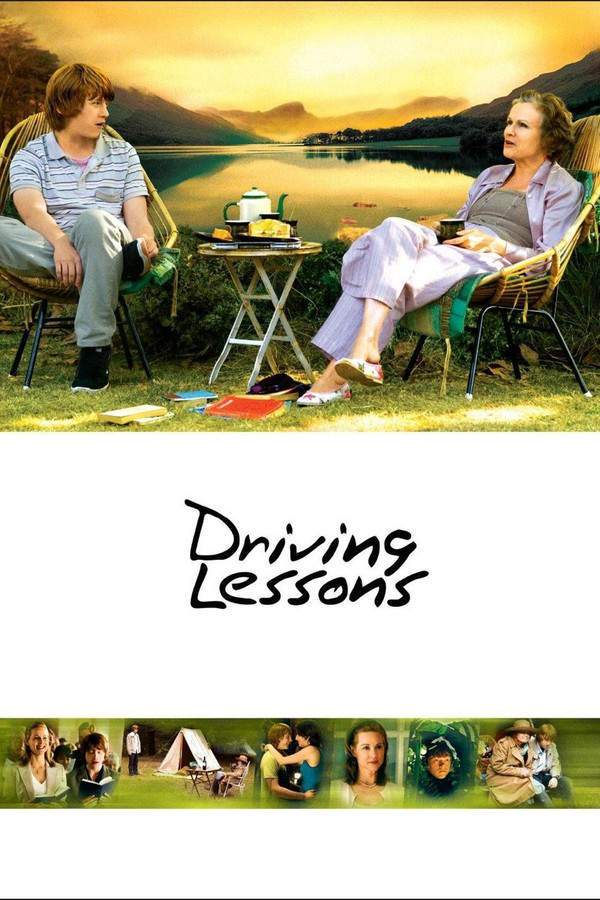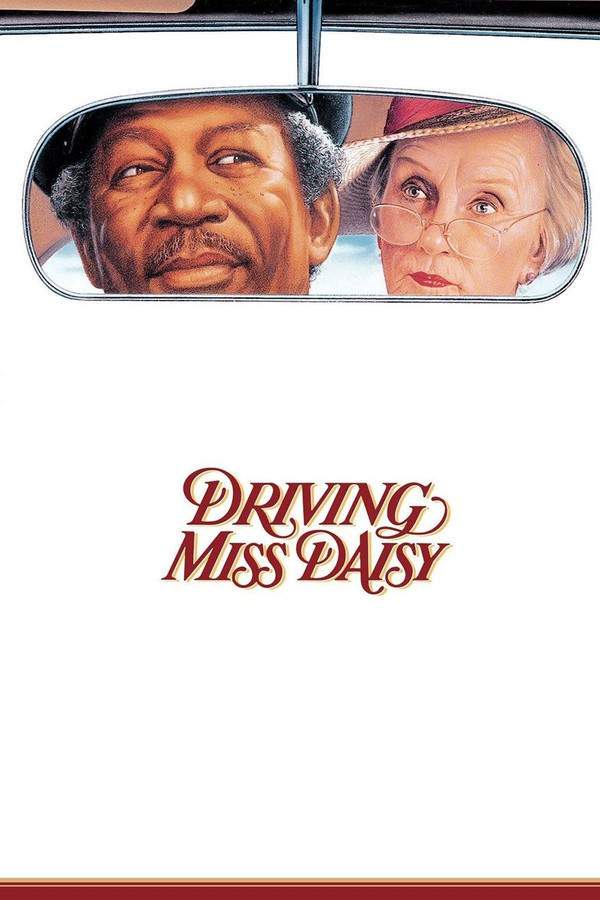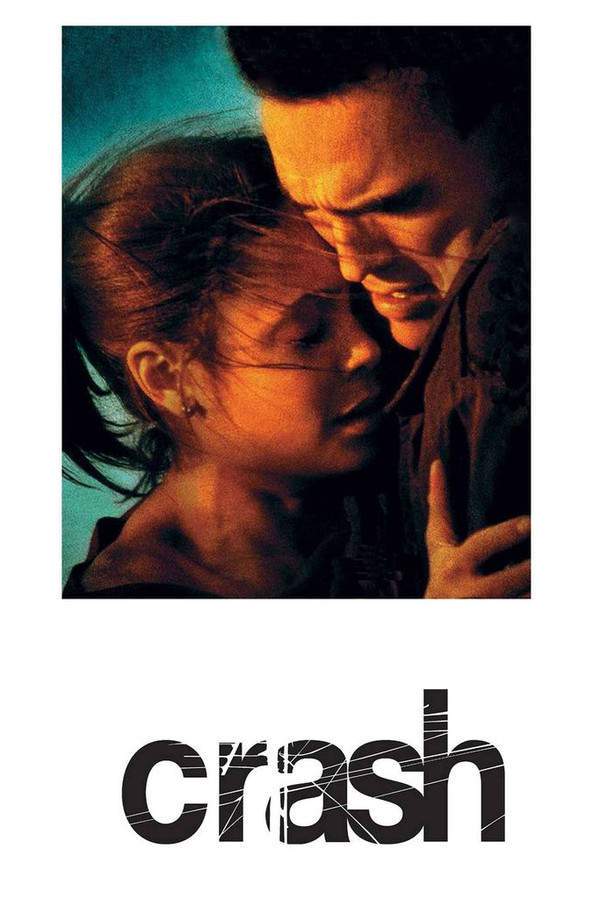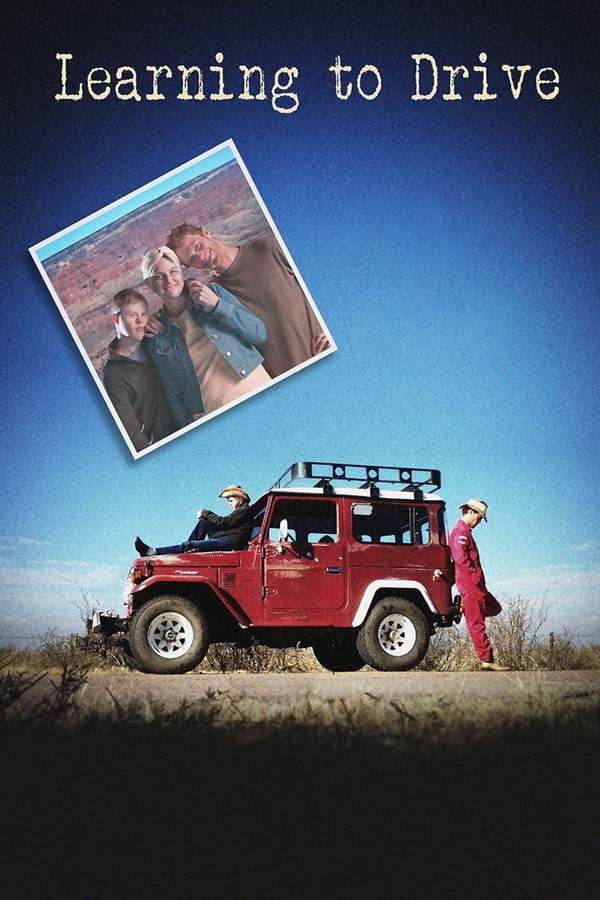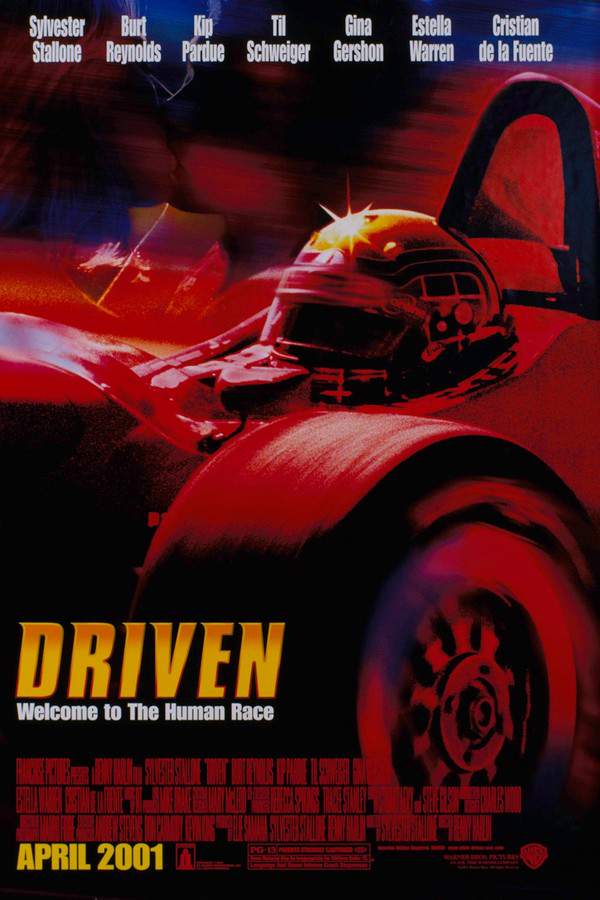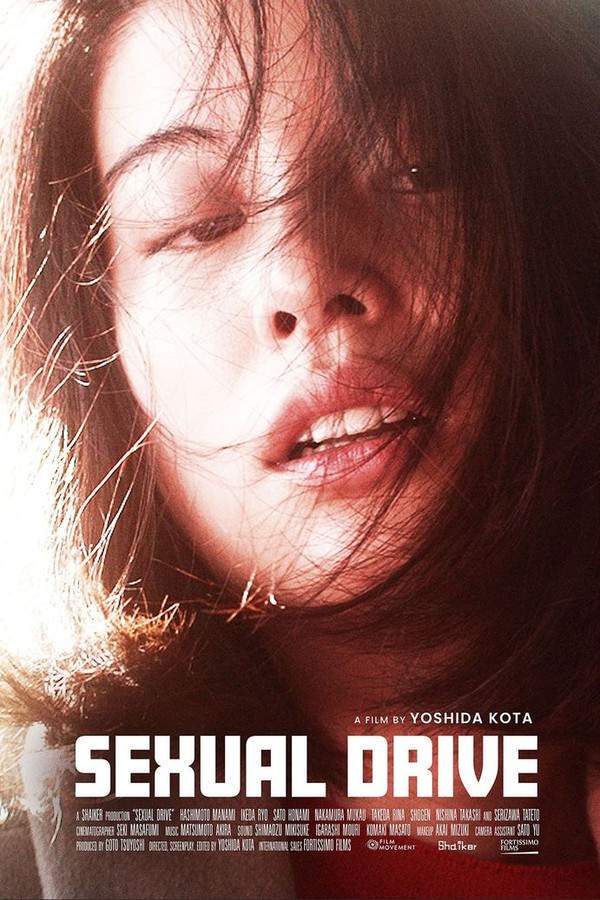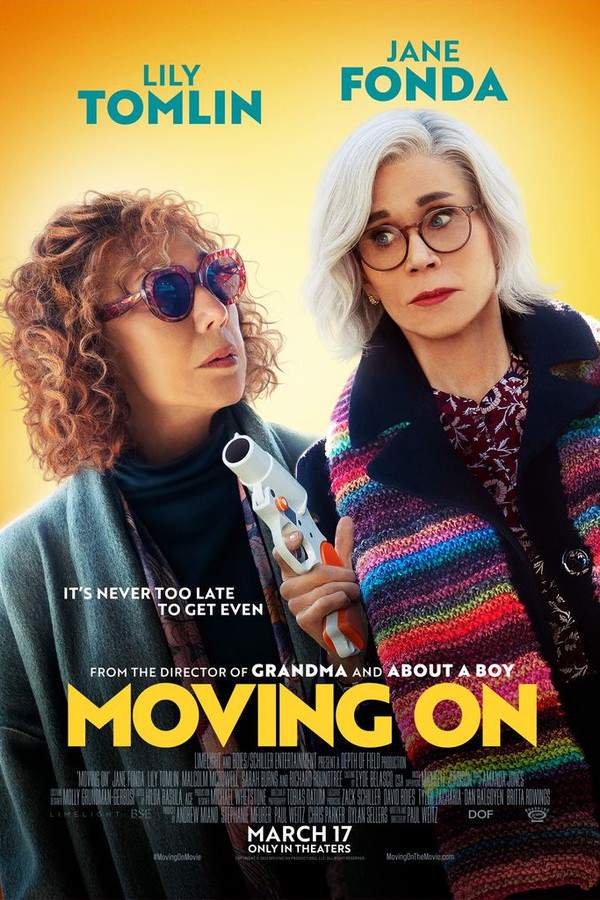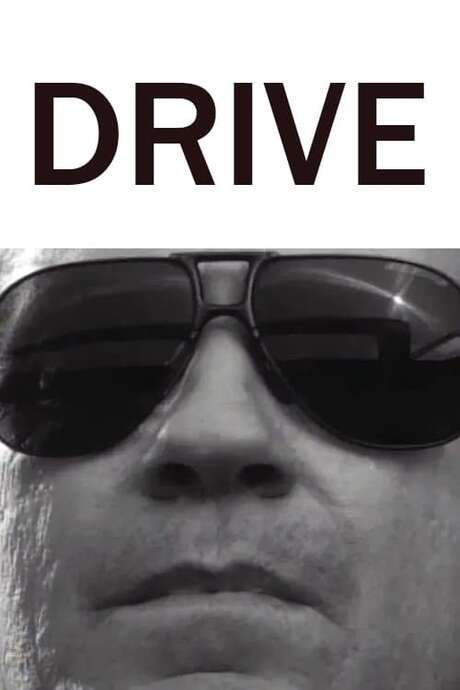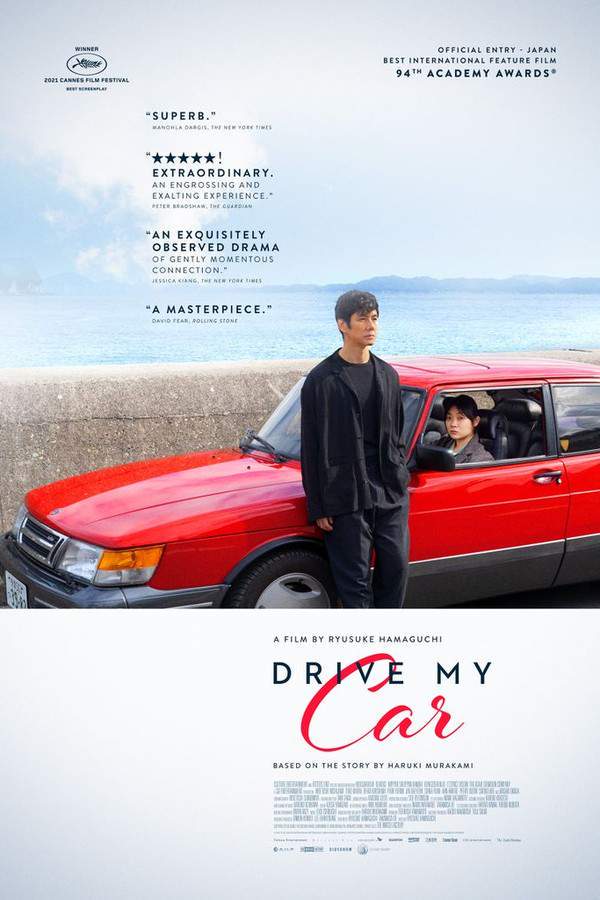
Drive My Car
Year: 2021
Runtime: 179 min
Language: Japanese
Director: Ryûsuke Hamaguchi
Echo Score: 80Budget: $1.3M
Following the death of his wife, a stage actor and director retreats to Hiroshima to direct a production of Chekhov's Uncle Vanya. He develops an unexpected connection with his reserved chauffeur, a young woman with secrets of her own. Through their shared experiences, Yusuke begins to confront painful memories and unravel the truth surrounding his wife’s death and the mysteries she left behind.
Warning: spoilers below!
Haven’t seen Drive My Car yet? This summary contains major spoilers. Bookmark the page, watch the movie, and come back for the full breakdown. If you're ready, scroll on and relive the story!
Drive My Car (2021) – Full Plot Summary & Ending Explained
Read the complete plot breakdown of Drive My Car (2021), including all key story events, major twists, and the ending explained in detail. Discover what really happened—and what it all means.
The cinematic odyssey unfolds with Yusuke Kafuku (Hidetoshi Nishijima), a versatile stage director and actor, who shares a heartwarming moment with his wife, Oto (Reika Kirishima). Wrapped in the glow of their love, Oto ignites her creative passions by introducing Yusuke to her brilliant play concept, filling their world with aspirations of artistic collaboration and familial bliss.
As the curtain falls on rehearsals for their upcoming show, “Waiting For Godot,” Oto brings Yusuke face-to-face with Koji Takatsuki (Masaki Okada), a devoted admirer of his theatrical prowess. This serendipitous meeting becomes the catalyst for a cascade of emotional upheavals that follow.
Yusuke’s journey takes a disconcerting turn when his flight to perform in a new play gets unexpectedly canceled, creating an unsettling void in his life. When he returns home, he is confronted by a painful reality: Oto has been unfaithful. Instead of addressing this betrayal directly, he isolates himself, choosing to maintain the façade of travel through video calls while wading through the complexities of their tangled relationship.
As the narrative unfolds, Yusuke and Oto consult a physician, only to receive a sobering medical diagnosis: Yusuke is facing glaucoma. Although medication provides some relief, the shadow of mortality looms overhead. Compounding their sorrow is the unbearable loss of their daughter, leading the couple to seek comfort within each other, even as grief intertwines with their love.
Devastation strikes when Oto suddenly passes away, leaving Yusuke heartbroken and adrift. His emotional unraveling peaks during a performance of “Uncle Vanya,” which serves as a cathartic outlet for his pent-up feelings.
Two years later, Yusuke finds himself in Hiroshima, preparing to direct a staging of “Uncle Vanya” with a diverse group of actors from various linguistic backgrounds. Initially hesitant about working with a young driver, Misaki Watari (Tôko Miura), he grows to appreciate her remarkable driving skills. As they collaborate on this new endeavor, Yusuke begins to heal, finding solace in the act of creation.
In the casting phase, Yusuke assembles an eclectic team, highlighted by Janice Chang (Sonia Yuan) and Lee Yoo-na (Yoo-rim Park), who bridges the gap between spoken and sign language. He also makes the notable decision to cast Koji despite the age disparity for the role of Vanya. Their dynamic gains depth with the addition of Roy Lucelo (Perry Dizon), alongside fellow actors like Kaoru Komagata, Ryu Jeong-eui, Takashi Kimura, and Yumi Eto.
As rehearsals progress, Koji’s character begins to resonate more personally, igniting a candid conversation over drinks in which he questions Yusuke about Oto and his experiences post-infidelity. Yusuke underscores that intimacy encompasses more than physical connections, a sentiment that strikes a deep chord considering Koji’s own struggles and professional stagnation.
Meanwhile, Misaki later treats Yusuke and producer Kon Yoon-Su (Dae-Young Jin) to a lovely dinner at Kon’s home, where they discuss the play’s nuances, with Kon’s wife sharing her insights into Yusuke’s artistic journey.
As the production gears up, Koji and Janice arrive late to rehearsals, prompting an apology from Koji to Yusuke. This incident barely disrupts the group’s fervent dedication to their shared passion for theater.
On another note, a detour with Misaki leads Yusuke to recall her past experiences, including her time driving garbage trucks. They reflect on their personal losses, sharing stories that deepen their connection.
The culmination of their efforts emerges in an emotional outdoor performance of the play. In the aftermath, Koji expresses anxiety about his role, prompting another bar visit where deep conversations unfold. Yusuke is left unsettled when he encounters a photographer, which ultimately leads him back to Misaki.
During their journey home, Koji shares a tale that Oto once narrated in intimate moments, revealing complex feelings about their intertwined pasts. However, a violent twist occurs when law enforcement arrives, apprehending Koji for his involvement in a tragic incident with a photographer, leading Yusuke to consider stepping into the vacant role of Vanya amidst the turmoil.
With Misaki driving through the winding roads, Yusuke finds himself caught in deep reflections about regret and longing. Misaki’s turmoil surrounding her mother’s death is mirrored by Yusuke’s lingering turmoil over Oto’s betrayal, each one yearning for closure that they never had.
Their emotional journey leads them to the haunting remnants of Misaki’s childhood home, a location fraught with painful memories. Overwhelmed by grief, Yusuke embraces Misaki as they find solace in each other amidst their shared heartbreak.
As “Uncle Vanya” opens, Yusuke steps into the titular role with remarkable skill, delivering a poignant performance that resonates with the audience, leaving them in rapturous applause.
In the weeks that follow, Misaki transitions to Korea, driving her iconic red Saab, a symbol of her profound experiences alongside Yusuke. With a new chapter ahead, she is now accompanied by a loyal canine companion, reflecting on the enduring journey of healing that lies ahead.
Last Updated: October 24, 2024 at 07:41
Ending Explained – What Happens at the End of Drive My Car?
Still wondering what the ending of Drive My Car (2021) really means? Here’s a spoiler-heavy breakdown of the final scene, major twists, and the deeper themes that shape the film’s conclusion.
In the final moments of “Drive My Car,” the focus is on the red Saab 900, a car that symbolizes more than just transportation—it represents the emotional and psychological journey of the characters. Yusuke’s deep connection to the car reflects his introspective nature and his unconscious desire to confront the feelings he has long avoided, especially regarding his wife Oto and his own grief. After losing her suddenly, Yusuke was cut off from fully experiencing his emotions, playing a role to hide his pain and mask his vulnerability. His glaucoma and the blind spot it caused mirrored his inability to see clearly inside himself, as well as his relationships, especially with Oto.
In the ending, Misaki takes control of the car, driving it forward—literally and metaphorically—signifying her own acceptance of her pain and her step toward emotional independence. She no longer depends on Yusuke or the past; instead, she charts her own path, owning her experiences and wounds. While life is still filled with suffering, she understands that it’s part of living, and she must keep moving forward until she reaches peace. The act of her driving the car—an object deeply tied to Yusuke’s memories—says that she is stepping into a future where she can face her truths openly. The film ends on a note of quiet resilience, emphasizing that healing is a gradual process, and despite the pain, life must continue. The red Saab thus becomes a symbol of their shared story of loss, acceptance, and the fragile hope of eventual peace.
Last Updated: June 25, 2025 at 08:57
Explore Movie Threads
Discover curated groups of movies connected by mood, themes, and story style. Browse collections built around emotion, atmosphere, and narrative focus to easily find films that match what you feel like watching right now.
Movies about healing through shared silence like Drive My Car
Stories where unspoken understanding and quiet companionship mend profound emotional wounds.Find movies like Drive My Car that explore quiet companionship and emotional healing. If you appreciated the profound connection built through silence between Yusuke and his driver, this thread features similar stories where unspoken understanding helps characters navigate grief and trauma.
Narrative Summary
Narratives in this thread often begin with characters in deep isolation, grappling with a private sorrow. Their paths cross with another individual, and through a series of shared, often mundane activities—like driving, working, or creating—a bond forms without the need for extensive dialogue. The emotional journey is internal and gradual, moving from isolation toward a fragile but meaningful connection that offers a path forward, if not a full resolution.
Why These Movies?
Movies are grouped here because they share a specific mood of melancholic quiet, a slow, introspective pacing, and a core theme of healing that occurs outside of explicit conversation. They prioritize atmosphere and character interiority over plot-driven action, creating a deeply reflective and cathartic viewing experience.
Movies where art reflects life like Drive My Car
Where the creative process becomes a vessel for confronting personal tragedy and hidden truths.Discover films similar to Drive My Car where the creative process mirrors personal drama. If you liked how the Uncle Vanya play in the movie echoed the characters' infidelity and grief, this collection features stories where theater, writing, or other art forms help characters uncover painful truths.
Narrative Summary
Stories in this thread often feature a protagonist who is an artist or is involved in a creative project. As they work, the themes of their art begin to collide with their own unresolved issues, forcing them to face painful memories, deceptions, or losses. The rehearsal room, the writer's desk, or the studio becomes a psychological space where the boundaries between performance and reality blur, leading to moments of stark self-recognition and emotional reckoning.
Why These Movies?
These movies are connected by their central use of an artistic medium as a narrative device to explore internal conflict. They share a complex structure, a melancholic or bittersweet tone, and a heavy emotional weight, as the act of creation is portrayed as both a painful excavation and a potential path to understanding.
Unlock the Full Story of Drive My Car
Don't stop at just watching — explore Drive My Car in full detail. From the complete plot summary and scene-by-scene timeline to character breakdowns, thematic analysis, and a deep dive into the ending — every page helps you truly understand what Drive My Car is all about. Plus, discover what's next after the movie.
Drive My Car Timeline
Track the full timeline of Drive My Car with every major event arranged chronologically. Perfect for decoding non-linear storytelling, flashbacks, or parallel narratives with a clear scene-by-scene breakdown.

Characters, Settings & Themes in Drive My Car
Discover the characters, locations, and core themes that shape Drive My Car. Get insights into symbolic elements, setting significance, and deeper narrative meaning — ideal for thematic analysis and movie breakdowns.

Drive My Car Ending Explained
What really happened at the end of Drive My Car? This detailed ending explained page breaks down final scenes, hidden clues, and alternate interpretations with expert analysis and viewer theories.

Drive My Car Spoiler-Free Summary
Get a quick, spoiler-free overview of Drive My Car that covers the main plot points and key details without revealing any major twists or spoilers. Perfect for those who want to know what to expect before diving in.

More About Drive My Car
Visit What's After the Movie to explore more about Drive My Car: box office results, cast and crew info, production details, post-credit scenes, and external links — all in one place for movie fans and researchers.

Similar Movies to Drive My Car
Discover movies like Drive My Car that share similar genres, themes, and storytelling elements. Whether you’re drawn to the atmosphere, character arcs, or plot structure, these curated recommendations will help you explore more films you’ll love.
Explore More About Movie Drive My Car
Drive My Car (2021) Scene-by-Scene Movie Timeline
Drive My Car (2021) Movie Characters, Themes & Settings
Drive My Car (2021) Ending Explained & Theories
Drive My Car (2021) Spoiler-Free Summary & Key Flow
Movies Like Drive My Car – Similar Titles You’ll Enjoy
Departures (2009) Complete Plot Breakdown
Driving Lessons (2006) Detailed Story Recap
Driving Miss Daisy (1989) Plot Summary & Ending Explained
Crash (1997) Complete Plot Breakdown
Learning to Drive (2015) Ending Explained & Film Insights
Driven (2001) Film Overview & Timeline
Sexual Drive (2022) Full Movie Breakdown
Moving (2024) Spoiler-Packed Plot Recap
Driving with My Wife’s Lover (2007) Full Summary & Key Details
Drive (1991) Ending Explained & Film Insights
Driving Mum (2022) Spoiler-Packed Plot Recap
A New Love in Tokyo (1994) Film Overview & Timeline
The Yellow Handkerchief (1977) Complete Plot Breakdown
The Long Drive (1975) Movie Recap & Themes
A Japanese Tragedy (1953) Full Movie Breakdown

